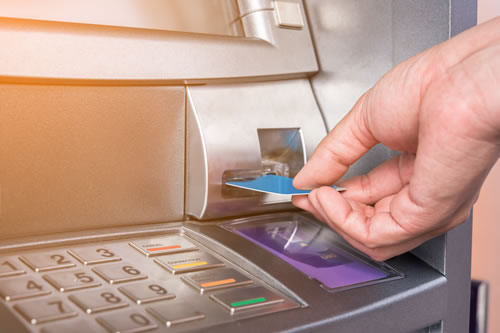How Gruppo Campari responded to changing consumer needs after the 2008 financial crisis
Paolo Aversa, Marie Curie Research Fellow of Strategy at Cass Business School, discusses how a major Italian drinks company adapted to changing consumer needs following the 2008 financial crisis.
From 2005 Italians decreased their spending habits for restaurant meals. This led to a negative on-trade spirit consumption trend. The international financial crisis of 2008 further reduced the individual spending propensity for non-primary goods such as alcohol and spirits. All together since 2005 the Italian spirits market volume shrank by an average of 3.1% per year.
In addition, recent trends towards conscious and healthier drinking in European consumers' behaviours significantly reduced drinking occasions as well as the average pro-capita use of alcohol, while increasing the consumers' interest toward high-quality products (Datamonitor reports).
These changes in spending presented difficulties to spirit companies such as Gruppo Campari, today the sixth biggest player worldwide in the premium spirits industry. The company faced a common problem for businesses in times of financial crisis: how to reverse a negative consumer trend that mainly depends on environmental factors.
Gruppo Campari realised that, since on-trade drinking habits were becoming less combined with restaurant meals, consumers were in search for "lighter" drinks that could fit social experiences with little or no food consumption. Moreover, there was a need for drinks that favoured natural over artificial ingredients. At the end of 2003 Campari acquired and re-launched Aperol, an Italian light liqueur. Mixed with prosecco wine, a splash of seltzer and a slice of orange, Aperol is the main ingredient of the "Spritz" aperitif cocktail that in Veneto and the north-eastern Italy is intrinsically associated with enjoyable get-togethers. It has a low alcohol content and in an international launch campaign, Gruppo Campari successfully promoted Aperol Spritz as the perfect drink for "aperitivo" occasions, the enticing Italian tradition of enjoying light drinks and snacks before-or as an alternative to-meals. Observing the emerging market trends, Campari's strategy focused its efforts toward bars and cheaper, faster eating occasions than restaurants.
The strategy quadrupled Aperol brand pre-acquisition total sales, and leveraged them up to 11% of the €1.3 billion of the company's total sales. From 2004 the Aperol brand experienced seven years of double-digit growth, reaching peaks of +40% in 2009, right after the financial crisis hit. Aperol became the best-selling spirit in Italy-despite the economic downturn's effect on market demand. Emulating the popular "aperitivo" trend among young Italians, Aperol spread internationally, and it is still growing in key markets such as Europe, UK, USA, Australia, and Japan.
What lessons are there for companies adapting to changing consumer needs and spending habits? Firstly it is clear that during international crises consumers do not disappear, but they do change their needs and thus modify the market demand. Companies who identify these variations at earlier stages are better placed to enjoy first-mover advantages.
Secondly, innovation does not necessarily involve the creation of new products. Strategic repositioning of existing products or brands for new groups of customers can be an effective way of overcoming negative environmental factors.
Finally, product quality is important but often not sufficient to achieve improved sales. Successful companies are also able to fascinate their customers with new ways to enjoy their products. Consumption experiences that involve positive social interaction can trigger word-of-mouth, viral popularity, and large-scale adoptions.
A version of this article was originally featured in the Financial Times.




